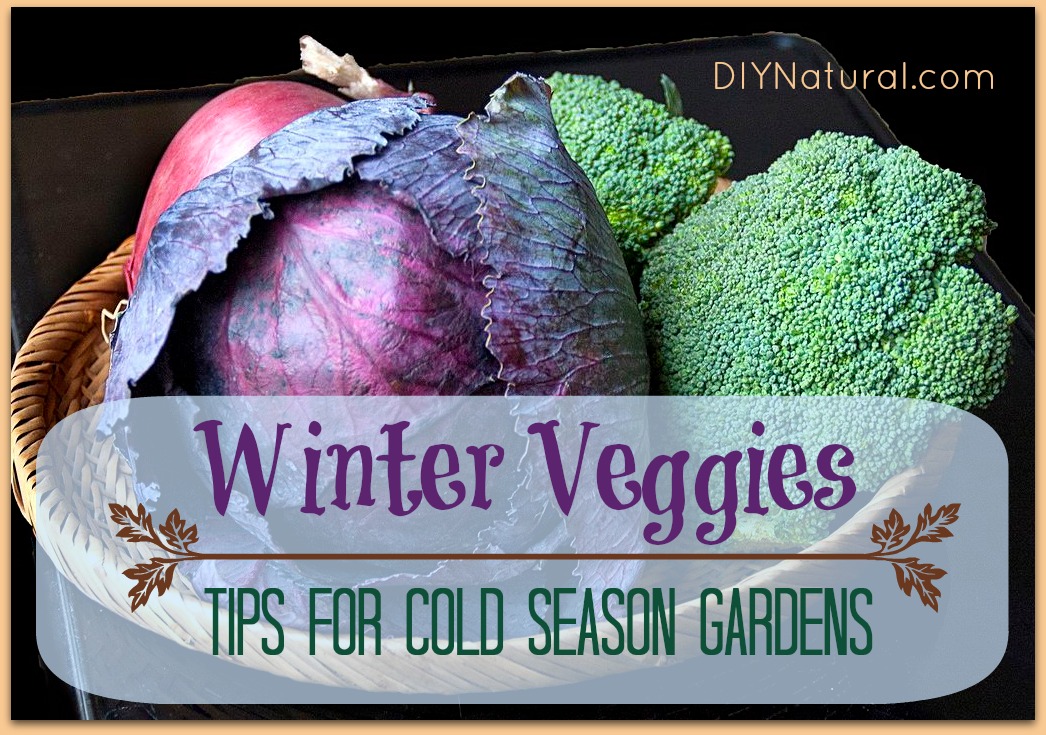Winter Veggie Gardening, Top Tips

Winter Veggie Gardening: Top Tips for a Thriving Cold-Weather Garden
Gardening isn’t just a summer hobby. With the right know-how, you can enjoy a bountiful winter harvest too. Let’s dive into some top winter vegetable gardening tips to keep your garden thriving even in the coldest months.
Understanding Cold-Hardy Vegetables
Before you start, it’s crucial to know which vegetables can withstand the chill. Cold-hardy vegetables like spinach, kale, and cabbage are your best bets. These tough plants can survive frost and even thrive in cooler temperatures.
Choosing the Right Vegetables
Not all vegetables are created equal when it comes to winter gardening. Here are some of the best options:
- Spinach: This leafy green loves the cold and can even taste sweeter after a frost.
- Kale: Another hardy green that can withstand freezing temperatures.
- Cabbage: This versatile veggie can handle the cold and is great for winter soups and stews.
- Brussels Sprouts: These little guys actually taste better after a frost.
- Carrots: They can be left in the ground and harvested as needed, even under a layer of snow.
Preparing Your Garden for Winter
Garden maintenance is key to a successful winter garden. Here’s what you need to do:
- Clear Out Summer Plants: Remove any dead or dying plants to make room for your winter crops.
- Add Compost: Enrich your soil with compost to give your winter veggies a nutrient boost.
- Mulch: A layer of mulch can help insulate your plants and retain moisture.
Frost Protection: Keeping Your Plants Safe
Frost protection is essential for winter gardening. Here are some tips:
- Cover Crops: Use row covers or cloches to protect your plants from frost.
- Mulch: A thick layer of mulch can help insulate the soil and protect plant roots.
- Cold Frames: These mini greenhouses can extend your growing season and protect your plants from frost.
Crop Rotation: A Key to Healthy Soil
Crop rotation is a practice that involves planting different types of crops in different areas of your garden each season. This helps prevent disease and keeps your soil healthy. For winter gardening, consider rotating your crops to include nitrogen-fixing plants like peas and beans.
Planting and Caring for Your Winter Garden
Now that you’ve prepared your garden, it’s time to plant. Here’s how to do it:
- Timing: Plant your winter crops in late summer or early fall, so they have time to establish before the first frost.
- Spacing: Give your plants enough room to grow. Overcrowding can lead to disease and poor growth.
- Watering: Winter gardens need less water than summer gardens, but don’t let them dry out completely.
Harvesting in the Winter
Winter harvest can be a bit tricky, but with the right techniques, you can enjoy fresh veggies all season long. Here’s how:
- Timing: Harvest your veggies before a hard freeze. Most cold-hardy vegetables can withstand a light frost, but a hard freeze can damage them.
- Storage: Store your harvested veggies in a cool, dark place to keep them fresh.
- Continuous Harvesting: Some veggies, like spinach and kale, can be harvested continuously throughout the winter.
Dealing with Pests and Diseases
Even in the winter, pests and diseases can be a problem. Here’s how to deal with them:
- Pests: Use row covers to protect your plants from pests. You can also use organic pesticides if needed.
- Diseases: Practice good garden hygiene by removing dead or diseased plants promptly. Also, rotate your crops to prevent disease buildup.
Winter Gardening Tools and Supplies
Having the right tools can make winter gardening a lot easier. Here are some essentials:
- Row Covers: To protect your plants from frost.
- Cold Frames: To extend your growing season.
- Mulch: To insulate your plants and retain moisture.
- Compost: To enrich your soil.
Common Mistakes to Avoid
Winter gardening can be challenging, but avoiding these common mistakes can help:
- Overwatering: Winter gardens need less water than summer gardens. Overwatering can lead to root rot.
- Not Protecting Plants: Frost can damage even the hardiest of plants. Make sure to protect your crops.
- Ignoring Pests and Diseases: Just because it’s winter doesn’t mean pests and diseases aren’t a problem. Stay vigilant.
Winter Gardening Tips from the Experts
For more expert tips, check out this guide from the Old Farmer’s Almanac. They offer a wealth of knowledge on everything from choosing the right vegetables to protecting your plants from frost.
Conclusion
Winter vegetable gardening can be a rewarding experience. With the right preparation, planting, and care, you can enjoy a bountiful harvest even in the coldest months. So, grab your gloves and get ready to dig in – your winter garden awaits!
FAQs
What are the best vegetables to grow in winter?
- Some of the best vegetables to grow in winter include spinach, kale, cabbage, Brussels sprouts, and carrots.
How do I protect my winter garden from frost?
- You can protect your winter garden from frost by using row covers, mulch, and cold frames.
When should I plant my winter vegetables?
- Winter vegetables should be planted in late summer or early fall, so they have time to establish before the first frost.
How often should I water my winter garden?
- Winter gardens need less water than summer gardens. Water them sparingly, but don’t let them dry out completely.
What tools do I need for winter gardening?
- Essential tools for winter gardening include row covers, cold frames, mulch, and compost.
0 Response to " Winter Veggie Gardening, Top Tips"
Post a Comment